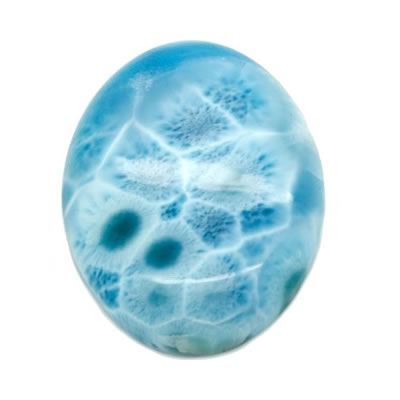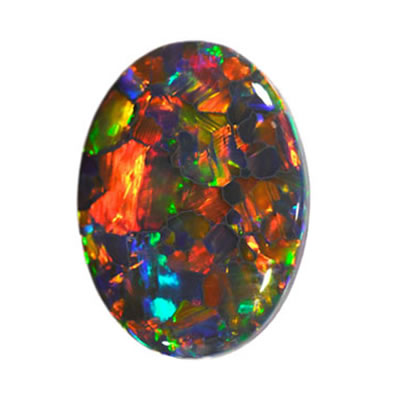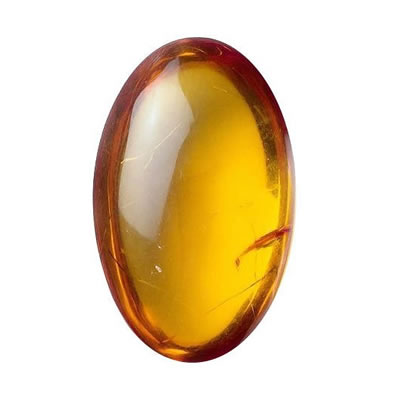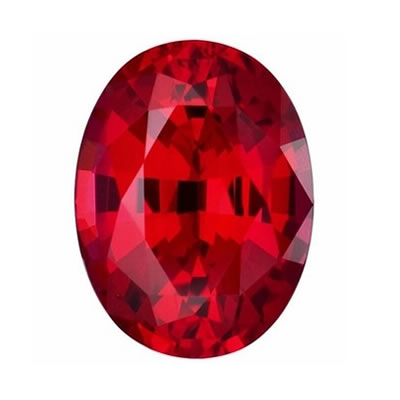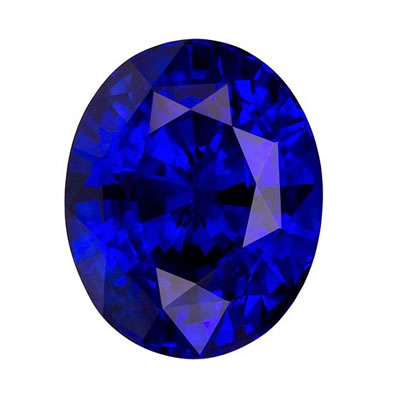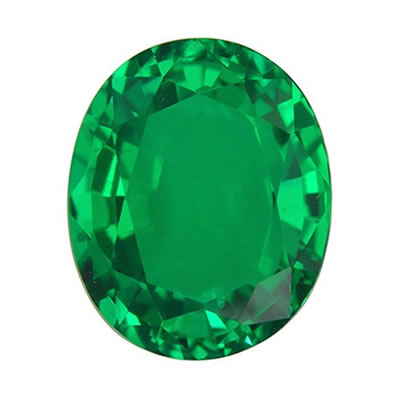Gaspeite (gaspetite)

Etymology and history
Gaspeite is a very rare nickel carbonate mineral named for the place it was first described, in the Gaspé Peninsula in eastern Canada. The mineral was first described by D.W. Kohls and J.L. Rodda in 1966. Specimens have also been found in New Mexico in the United States and in Western Australia. Gemologically, gaspeite is a nickel magnesium iron carbonate.
Gaspeite description
Gaspeite (sometimes gaspetite) is typically a pale to bright green color that is often referred to as apple green. Gaspeite from Widgiemooltha is associated with talc carbonated komatiite-associated nickel sulfide gossans and is probably formed by substitution of nickel into carbonates such as magnesite which are formed by oxidation of the talc-carbonate lithology, and of primary and supergene nickel sulfide minerals.Gaspeite is formed from a similar process to the weathering of other sulfide minerals to form carbonate minerals. The sulfide minerals which are weathered to produce gaspeite are pentlandite, violarite, millerite and rarely nickeline.
Gaspeite in jewelry
Gaspeite has only recently been introduced as a common gemstone in Native American jewelry called South West Jewelry. For millennia, Native American Indians have transformed natural resources into various forms of jewelry, including necklaces, earrings, rings, bracelets, pendants and belts. Gaspeite is use very often today in all type of jewelry, special in South West Jewelry collection.
Occurrence
Gaspeite has been found in New Mexico, Canada and Western Australia.
Talk to Our Jewelry Experts
Monday to Friday from 9AM to 5PM EST

